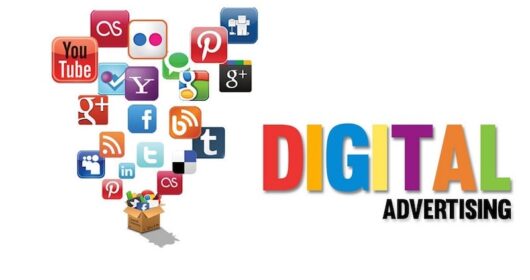9 Red Flags of a Malicious Phishing Email

Malicious phishing emails target people around the world every day. When you’re in a hurry or don’t pay enough attention, it’s easy to click on a link in one and download harmful malware to your computer. Even if you use caution when checking your email, you may fall victim to one that looks legit but is dangerous. To stay safe on your devices, look at the nine red flags of a malicious phishing email.
1. Strange Greeting
Phishing emails often contain a strange greeting and one you have never seen before. If someone in your company sends you an email and always addresses you, in the same way, every time, one that comes from that address but uses a different greeting is a sign of a phishing email. This can include addressing you by your full name or adding a title to your name.
2. Included Links
Your bank and credit card companies will never send you an email with a link that asks you to log into your accounts. Emails that have a link are often phishing scams. When you click on those links, you visit a site that looks similar to the real one. As soon as you log in though, the site will steal your account and lock you out.
3. Common Errors
Always read through your emails carefully and look for both spelling and grammar errors. Do you think a bank with millions of customers would send out an email that spells simple words wrong? You may see some grammar errors too such as ending sentences without periods or adding question markets in statements.
You Didn’t Ask for it.
When you get an email that says you won a big prize, it’s easy to feel so excited that you click on it right away and without thinking it through. Many malicious phishing emails claim that recipients won money or big prizes that they need to claim online. If you didn’t enter a contest, you cannot win a contest. One of the more common scams will claim that you won a lottery and just need to make a down payment to claim the full amount.
4. Urgent Demand
Phishing emails often contain some type of urgent demand. You might get one that says you won a prize but only have until midnight on a certain date to collect it. Others will claim that your bank or another business detected unusual activity on your account and will close it unless you respond in the next hour. No business will demand that you take action right away and will make multiple attempts to contact you if they find a problem.
Don’t Miss-
How to Scan a WordPress site for Security Issues
12 Things You (Probably) Didn’t Know About Online Security
5. Random Request
Another sign of a malicious email is when you receive a random request from an individual or organization. These emails often claim that they’re reaching out to you because you asked for more information. Unless you know the email comes from a verified person or company, you should not click on any links in it.
6. Not Quite Right
Though phishing emails try to look accurate, they are never quite right. You might find that the email address is slightly different from the one that usually sends you messages or that the website it directs you to isn’t the one you use. If you receive an email that isn’t quite right, delete it right away.
7. Information Gathering
You also want to use caution when you receive emails that try to collect information from you. These are often malicious phishing emails that want to steal your identity or account details. They often ask you to visit a website via a link or to respond and share some of your personal info.
8. It Feels Off
If it does not feel right, the odds are good that it isn’t right. This is especially true of phishing emails. You should always trust your gut if you receive an email from a person or business and it feels wrong in any way. Even trusted coworkers can fall victim to these emails, which causes the hackers to use their emails to contact others.
Phishing emails cost people and organizations a lot of money every year. Looking at the common red flags of malicious phishing emails helps you stay safe on your work computer and home computer.
Subscribe & Get E-Mail Updates Delivered
Our informative Design related articles featuring the latest Resources for Web Designers & the Web get delivered via email dialy. Thousands of readers have signed up already. Why don't you subscribe as well, and get articles delivered to your inbox?






Leave a Reply